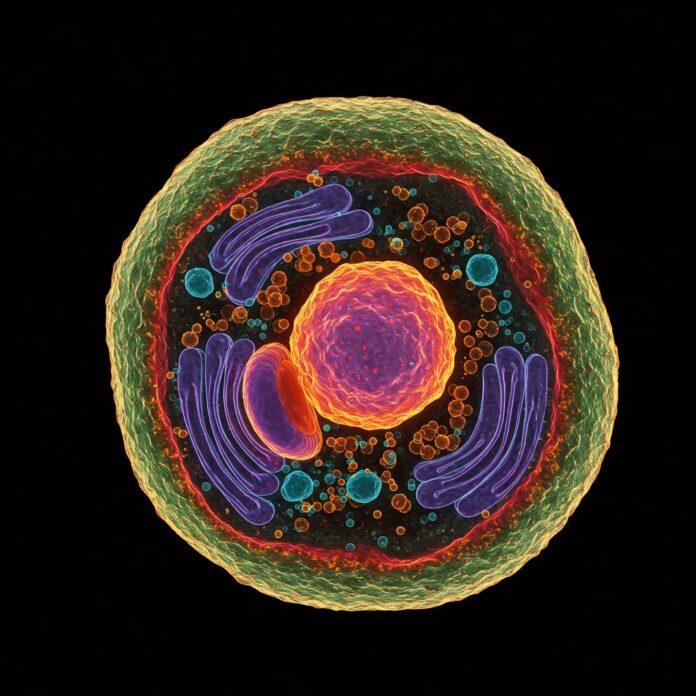High-throughput biology is transforming the life sciences, enabling the execution of hundreds to thousands of experiments in parallel. Yet with this expansion in scale comes a proportional increase in the need for standardization—especially at the level of cell preparation.
Variability introduced upstream, even at the earliest stages of sample handling, can cascade into discrepancies that undermine datasets, distort dose–response relationships, and impede reproducibility.
To address this challenge, laboratories are increasingly adopting the automated cell counter as a foundational tool. Logos Biosystems has been at the forefront of this shift, designing cell counters optimized for large experimental volumes, multiparametric quantification, and demanding workflows where precision cannot be compromised.
Scaling Biology Requires Scaling Precision
Traditional cell counting methods are not inherently scalable. Hemocytometers require hands-on time, visual concentration, and repeated sampling—all of which become bottlenecks in settings where dozens or hundreds of samples must be processed rapidly.
High-throughput projects demand:
- Short processing times
- Minimal user interaction
- High accuracy and reproducibility
- Automated data capture
- Consistent viability measurements
The constraints of manual counting are incompatible with these demands. A single operator may maintain precision over a handful of counts, but accuracy declines with fatigue or time pressure. Moreover, variability among different operators is almost unavoidable.
In contrast, an automated cell counter delivers consistent counts, unaffected by subjective interpretation. Logos Biosystems’ systems expand this reliability across large sample sets, eliminating one of the most persistent obstacles to experimental scale-up.
The High-Throughput Workflow Challenge
Cell-based assays are sensitive to initial conditions. Variables such as seeding density, viability, and the presence of debris directly influence:
- Growth kinetics
- Drug-response profiles
- Transfection efficiency
- Differentiation trajectories
- Clonal dynamics in single-cell cultures
When experiments are expanded from 24-well plates to 384-well or 1536-well formats, even a 5% deviation from the intended cell number can distort results across the entire screen.
The Logos Biosystems LUNA® platforms ensure that each well—across every plate, in every experiment—receives a consistent, validated input of viable cells. This uniformity is essential for high-throughput phenotypic screens, CRISPR functional genomics, and large immunology panel assays.
The Data Revolution: Automated Counting Meets Data Integrity
The modern laboratory increasingly resembles a data pipeline. Each step generates quantitative information that flows into databases, LIMS platforms, and analysis pipelines. Manual counting, being analog and subjective, does not integrate smoothly into this ecosystem.
Automated cell counters, however, generate:
- Timestamped image records
- QC metrics
- Viability data
- Concentration and morphological parameters
- Exportable datasets for direct analysis
Logos Biosystems’ platforms support full traceability, making them compatible with Good Laboratory Practice (GLP) and other regulatory frameworks. This is particularly relevant for:
- Biopharma manufacturing
- Cell therapy workflows
- GMP-compliant research
- CRO data pipelines
The cell counter becomes a data instrument—not just a measurement tool.
Fluorescence: The New Standard for Accurate Viability
Trypan blue remains ubiquitous, but it is fundamentally limited. It can misclassify damaged but membrane-intact cells or fail to detect early apoptosis. In high-throughput drug screenings or immunology assays, these misclassifications distort IC₅₀ values, survival curves, and functional readouts.
Fluorescence-based automated cell counters, such as the LUNA-FX7™, overcome these limitations:
- Multi-channel imaging distinguishes live, dead, and apoptotic cells
- Nuclear staining reduces debris interference
- Fluorescence enhances the detection of rare or small cells
- Signal thresholds improve classification precision
For workflows requiring high-confidence viability data—CAR-T manufacturing, toxicology studies, or stem cell differentiation—the precision of fluorescence is transformative.
Empowering Advanced Biology: Organoids, Primary Cells, and Complex Systems
As biology evolves beyond immortalized cell lines, counting becomes more demanding. Primary cells, organoids, dissociated tissues, and co-culture systems present challenges such as:
- Irregular morphology
- Variable sizes
- Clumping and fragmentation
- Mixed populations of live/dead/debris
Logos Biosystems’ cell counters incorporate adaptive image segmentation and size-gated algorithms that identify cells based on morphological, textural, and optical cues—not simplistic assumptions about shape.
This makes the automated cell counter particularly powerful for:
- Neural progenitor cultures
- Patient-derived tumor cells
- Immune cell profiling
- Organoid dissociation workflows
- Co-culture quantification
The platform is built to accommodate biological complexity rather than avoid it.
The Next Frontier: Automating Sample Prep End-to-End
The future of high-throughput biology relies on automation, not just in analysis but at every step. The cell counter is transitioning from a standalone instrument to a hub within integrated automated systems.
Emerging workflows include:
- Robotic liquid handlers feeding samples directly into automated cell counters
- Real-time feedback loops adjusting dilution and plating density
- Automated QC checkpoints before microfluidics or sequencing
- End-to-end digital tracking from sample acquisition to analysis
Logos Biosystems’ LUNA® platforms, with their rapid processing, fluorescence capability, and data-rich outputs, are designed to function seamlessly within these automated ecosystems.
Precision as a Prerequisite for Scale
High-throughput biology cannot function without precision, and precision cannot exist without controlling the earliest steps of the workflow.
The automated cell counter has become one of the most critical instruments in modern cell biology—not because it is sophisticated on its own, but because downstream science depends on the fidelity of its measurements.
Logos Biosystems has positioned itself at the center of this transformation. Its cell counters deliver the speed, accuracy, and data integrity required to support the next generation of biological discovery—where experiments may run in the thousands, but precision must remain uncompromised.


